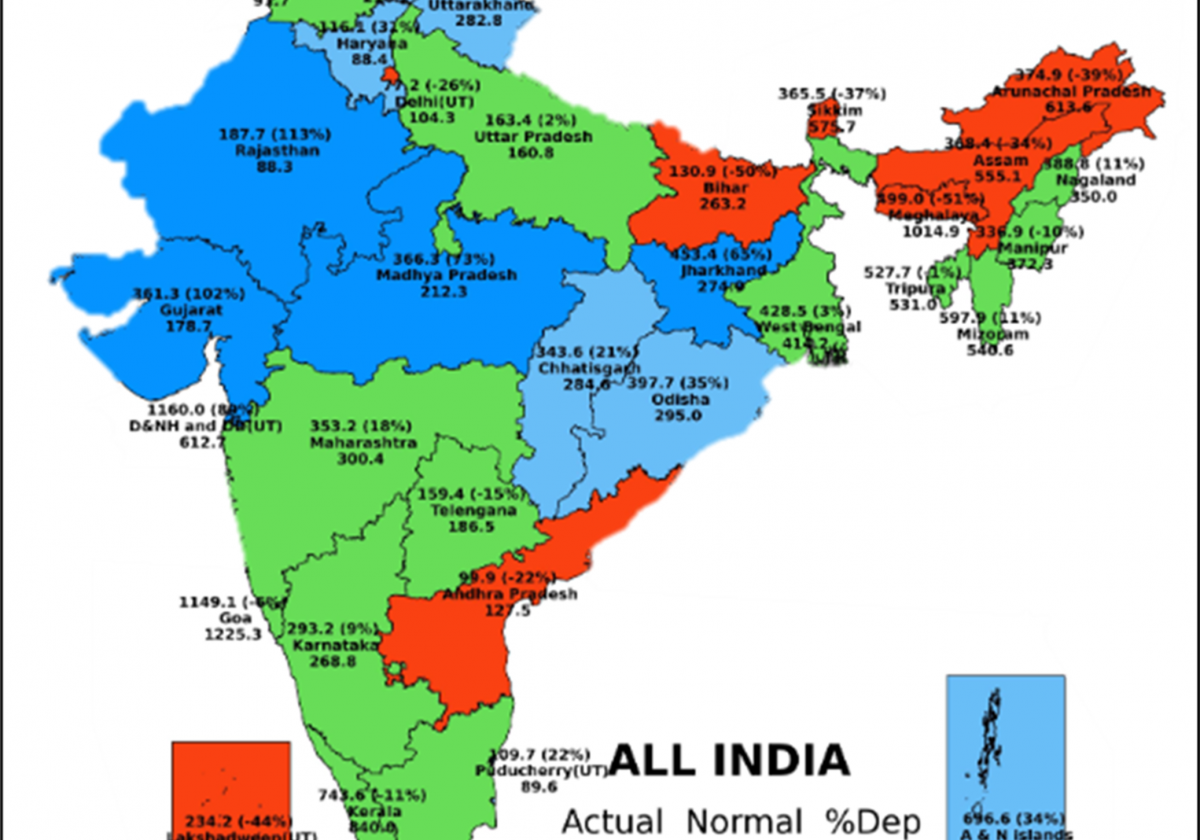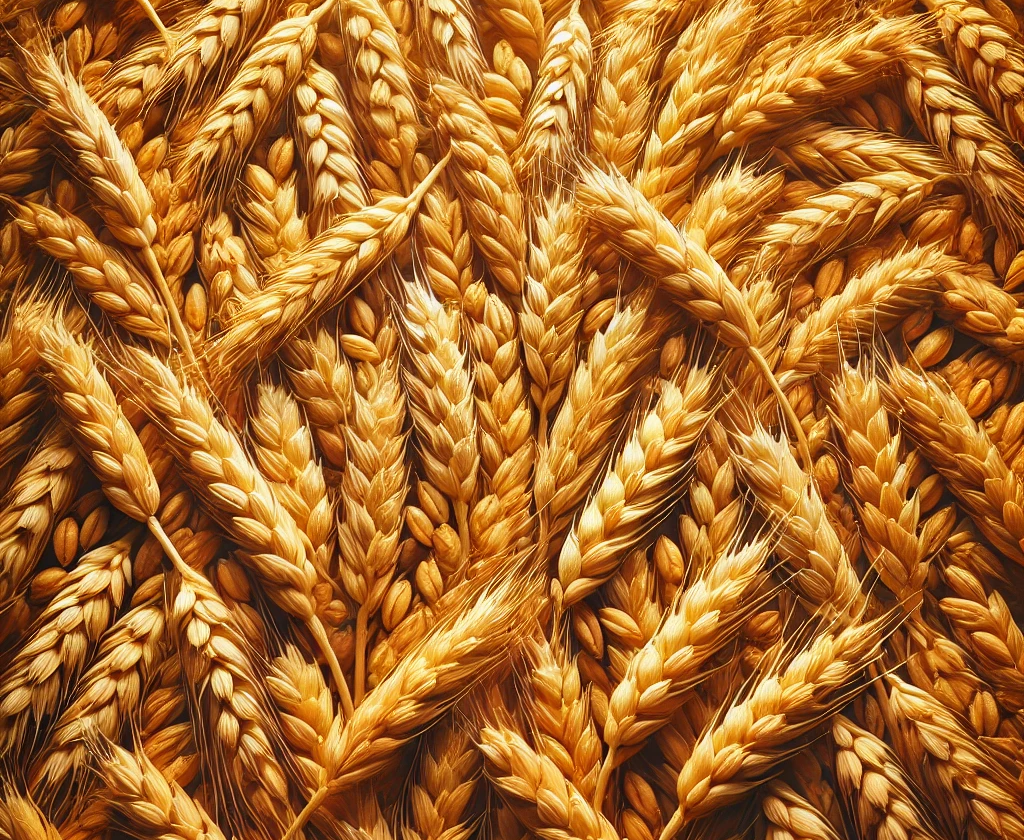The agriculture sector in India has seen tremendous growth in the last 75 years owing to various initiatives to improve food security and raise agricultural output. In 2018, the Government of India released a strategy – Doubling Farmers’ Income – to boost farmers’ income. The scheme aims to double the farmers’ income by 2022 with an annual growth rate of 10.4%.
Current Scenario
Out of the total electricity consumed in the country, 20% of the electricity is used for agriculture practices, mainly in irrigation. As a result, irrigation now consumes 90% of the country’s groundwater.
The farmers have taken 12 million electricity connections and 9 million diesel pumps sets to pump up groundwater for irrigation use. To support the workforce engaged in farming activities, reforms like subsidized electricity bring down the power tariff and pile up losses for Distribution Companies (DISCOMs) in the long run.
Role of Renewable Energy
Renewable energy is a winning combination for all the parties – for the distressed farmers, it provides alternative income sources and an uninterrupted power supply. DISCOMs can avoid increasing outstanding debts, thus ensuring sustainable agriculture practices. Ministry of New and Renewable Energy (MNRE) has launched PM KUSUM (Kisan Urja Suraksha Evam Utthaan Mahaabhiyan) scheme to support farmers with the financial assistance of INR 34,422 crores through:
- Setting-up of 10 GW of decentralized ground-mounted grid-connected renewable power plants up to 2 Mega Watt (MW) capacity
- Installation of 1.75 Million (Mn) stand-alone solar agriculture pumps and
- Solarisation of 1 Mn grid-connected agriculture pumps
These reforms can toughen the solar revolution that India is witnessing to achieve the target of 450 GW of renewable energy by 2030. Even from the uncultivable under-utilized land, these ground-mounted renewable power plants will offer a stable source of income for 25 years. These solar plants will reduce the agricultural subsidy and infrastructural costs, enhancing access to affordable energy for industrial uses.
Another boon for farmers is biomass’s raw material required in biofuels production. National Policy on Biofuels, 2018 and Biomass-based cogeneration plants utilize sugarcane and its by-products, surplus rice, maize, damaged food grains, and non-edible seeds to produce biodiesel and ethanol. The derivatives further create an opportunity for farmers to boost their income from unutilized organic waste.
Conclusion
Renewable energy paves a sustainable and economical path for cultivators with a new income revolution to carry out agricultural activities with increased financial security. States like Gujarat and Punjab are already implementing better agronomic practices towards the breakthrough initiative of augmenting the farmers’ income. The transition of cultivators from ‘Annadata’ to ‘Urjadata’ will support and empower their households and accentuate India’s energy availability, accessibility and affordability, and socio-economic and health benefits for the communities.
Source: https://www.investindia.gov.in/








 Connect With Us
Connect With Us